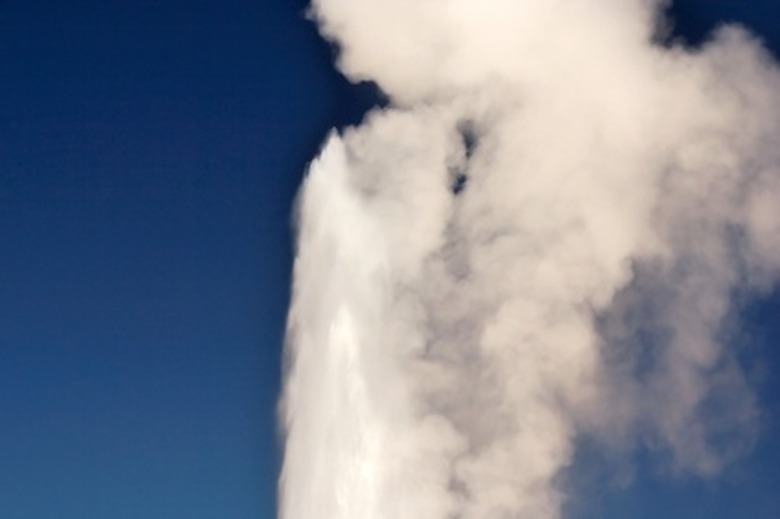How To Bend Ash Wood
Ash is a hard wood that has been frequently used for curved elements because it bends easily when steamed. Hockey sticks are traditionally made of ash because of the curve in the stick blade. Other common items made from ash include snowshoes, boat components such as ribs and planks, and curved chair backs or other furniture components. Ash is hard, straight-grained and has good shock-absorption properties. With a simple steaming rig and the appropriate bending jig, you can easily bend ash.
Step 1
Select the ash to be bent. Ash should be straight and smooth-grained with absolutely no knots, as the wood may split or crack at a knot during the bend. Air-dried ash that has retained some moisture will be easier to bend than kiln-dried wood.
- Ash is a hard wood that has been frequently used for curved elements because it bends easily when steamed.
Step 2
Drill a hole in the steel pipe large enough to insert the steam hose from the wallpaper steamer to begin making your steaming apparatus. The pipe needs to be long enough to hold the entire piece of lumber you are bending.
Step 3
Slip the steam hose into the pipe, and turn on the wallpaper steamer.
Step 4
Plug one end of the pipe with a rag and allow the steamer to warm up and begin producing copious amounts of steam.
Step 5
Slip the wood into the pipe, and plug the other end with rags. Steam the wood for one hour per inch of wood thickness.
Step 6
Remove the lumber from the steamer. Use gloves, as the wood will be hot.
- Drill a hole in the steel pipe large enough to insert the steam hose from the wallpaper steamer to begin making your steaming apparatus.
- Slip the steam hose into the pipe, and turn on the wallpaper steamer.
Step 7
Place the steamed wood in the jig as quickly as possible, and tighten down the jig. The exact process will depend on the jig.
Step 8
Allow the wood to cool. Once it is cool to the touch, remove the curved piece of ash from the jig.
Mixing Wood Ash In Mulch
Ash from natural, untreated wood comes from plant material and contains many of the 13 essential nutrients plants derive from the soil for growth. Wood ash should not be mixed into mulch that is applied to blueberries, raspberries, rhododendrons, roses or other plants that require an acidic soil. Test your soil before using wood ash to check the pH level, and do not allow it to rise above a pH of 7.5. Dust about 2 cups of ash in an even layer over every 6 to 8 inches of compost. If you're applying wood ash directly to the soil or mixing it into existing mulch layers, it's best done in the winter so the compounds in the ash that may scorch plants have time to react with the soil. Water the soil after application. Wear protective clothing such as safety glasses, gloves and a dust mask when applying wood ash to your compost or your soil. Do not scatter ashes in the wind, and never use ash that is still warm. The nitrogen is lost when mixed with high pH material like wood ash, making your fertilizer application useless.
- Place the steamed wood in the jig as quickly as possible, and tighten down the jig.
- The nitrogen is lost when mixed with high pH material like wood ash, making your fertilizer application useless.
Things Needed
- Steel pipe
- Wallpaper steamer
- Drill and drillbits
- Ash lumber
- Rags
- Gloves
- Bending jig
References
- Woodweb: Best preparation for bent ash
- Value Created Review: Wood Bending and Forming
- Primitive Ways: Steam Bending Wood
- The Wood Box: Ash
- Royal Horticultural Society: Wood Ash: Using in the Garden
- North Carolina State University Cooperative Extension: Twigs and Branches — Composting and Mulching
- Pennsylvania State University Extension: Soil Management in Home and Garden Landscapes
- Oregon State University Extension: Use Caution With Wood Ash on Your Lawn and Garden
- Oregon State University Extension: Wood Ashes Can Benefit Gardens and Lawns
- BC Living: Using Wood Ash in the Garden
